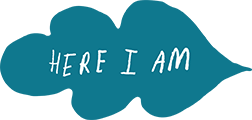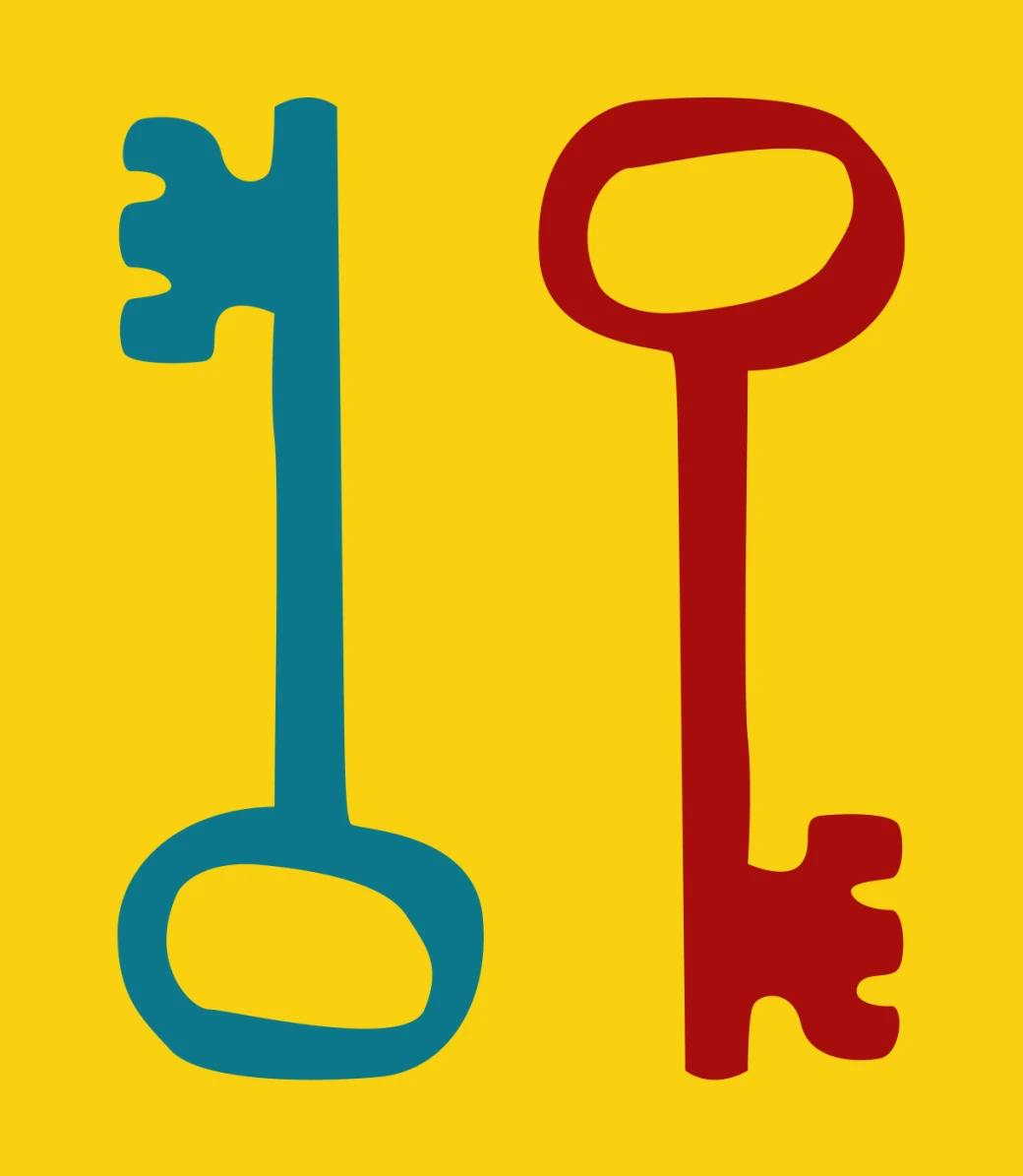How to rapidly launch a digital product into a crisis zone
In partnership with CARE international and UN Women, we rapidly launched Fatima into Ukraine to understand the humanitarian assistance needed amid the escalation of the war. Fatima captured the voices of over 179 women and men, including those from vulnerable situations and marginalised groups. These include those with disabilities, Roma populations, single parents, older women and men, people with chronic illnesses, pregnant women and new mothers, and those in government controlled or occupied areas.
Our ethical research platform, Fatima, was selected as the data collection and analysis technology for this work. The Here I Am team was tasked with localising the platform for Ukraine by adding Ukrainian and Russian transcription and providing Fatima training to 36 enumerators in Ukraine.
Our initial plan was to only launch Fatima into Ukraine. But as days progressed, we quickly discovered regional variances in connectivity: Fatima has the ability to reach and collect data from those with no internet connection via remote phone calls, and collect data in person via an android app. However, we realised that non-government controlled areas of the Donbas region had not had phone connectivity since 2014 and that many Roma respondents did not have access to phones. In person interviewing had its own challenges of security and restrictions on movements.
To overcome these barriers, we instantly evolved the approach, adding signal and Google Forms to our data collection portfolio. Our next challenge was to to integrate the data collected by these methods securely onto Fatima with as minimal risk as possible. We achieved this by creating and circulating a guide with simple, clear instructions on how to handle data responsibly from collection to destruction, and educating the team on best practices for cyber security.
The project timeline from start to data collection completion was extremely rapid — just 5 days.
Through our rapid launch, we learned a great deal about launching digital products in a crisis zone and lessons other organisations can consider in doing the same:
Lesson 1: Go slow, to move fast
In moments of crisis, the natural response is to immediately shift into ‘action’ mode. However, it’s crucial to take the time to complete key project kickoff activities, such as gaining shared consensus on goals, communication methods, check-in frequencies and most importantly the team’s roles and responsibilities. Lay a foundational risk register and scenario plan around how to handle likely risks. These activities might be perceived as too time consuming, but having a clear understanding of objectives and ownership will result in a faster, safer overall project velocity.
Lesson 2: Do the safest, simplest thing
A perfectionist mindset won’t help, nor will any procrastination, deliberation, or a desire to find the best solution. One must find the safest, simplest thing that can do the job and run with it. Again, having clearly defined roles and a project structure will enable better, faster problem solving and decision making.
Lesson 3: Plan for today, evolve in real time
In crisis zones, the ground is always moving. Things can change by the hour — team structure, attendance, location but also macro changes such as connectivity and communication infrastructure. These will impact how, where, what, and when you launch the product. Meet daily to set goals for the day, assess changes, and adapt accordingly.
Lesson 4: Prepare to wait
Teams will be working relentlessly from a variety of locations. At frequent moments, the safety levels of these locations will change and teams will need to move — sometimes to a bomb shelter without any connectivity or to evacuate their homes, often without warning or even the time to communicate this to the broader team. Be prepared for planned activities to pause, often without knowledge of why or for how long. Use these pauses to regroup, take a break, or — if energy levels permit — create stronger project structure.
Lesson 5: Be realistic with risk
Risk can’t be eliminated. It’s imperative that everyone has a responsible and realistic attitude towards it. This means being completely transparent with each other about the risks associated with each decision and then collectively making a responsible decision about how to handle each risk. For each risk, we choose between 4 options, mindful that not every risk can or should be mitigated.
Eliminate: Avoid/resolve the risk (completely eliminate or forego risk)
Mitigate: Mitigate the risk (reduce the likelihood or impact of risk)
Transfer: Transfer the risk (assign or move the risk to a third-party)
Accept: Accept the risk (acknowledge the risk and choose not to resolve, transfer or mitigate)
Lesson 6: Most importantly, be relentlessly empathetic
The mindset of someone working in a crisis zone is different to that of someone in an office within a stable environment. They will likely be very tired, stressed and distracted. Trying to focus on and deliver critical work with the constant looming threat of bombs and a shortage of food and water is unimaginably enduring. For those on the team lucky enough to be in stable places, it’s important to let the pace of work be dictated by those on the ground. When they need to break, break. When they are able to move, go.
Today, a mere 3 weeks after the project kick-off, UN Women and CARE published the final report.
At Here I Am, we are incredibly grateful to be involved with this project, and to work with such a phenomenal team led by Felicia Dahlquist, Merit Hietanen, Christina Haneef, Ganna Kvit and Oksana Potapova .
More from the blog
Inspired by this post?
We love to share perspectives, thoughts and ideas on creating digital ways to include the excluded. If you have a problem you'd like to discuss, we'd love to hear from you.




